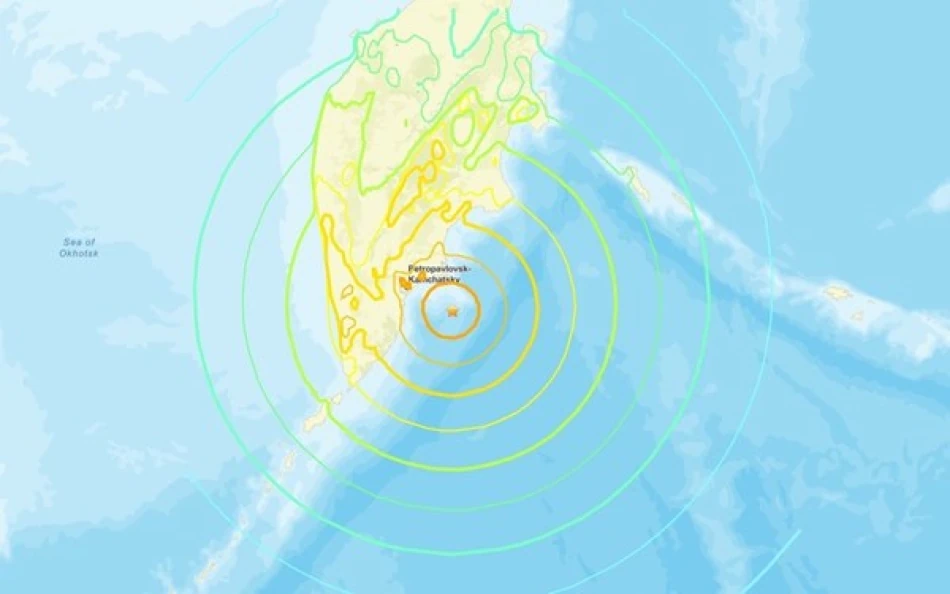
Powerful 5.2 Magnitude Earthquake Shakes Russia's Kamchatka Peninsula
5.2 Magnitude Earthquake Strikes Russia's Kamchatka Peninsula, No Tsunami Warning Issued
A moderate earthquake measuring 5.2 on the Richter scale struck the remote Kamchatka Peninsula in Russia's Far East early Wednesday morning, highlighting the region's position along one of the world's most seismically active zones. The quake occurred 152 kilometers east-southeast of Petropavlovsk-Kamchatsky, the peninsula's largest city, with no immediate reports of casualties or significant damage.
Earthquake Details and Location
The seismic event occurred at 12:45 AM Moscow time at a relatively shallow depth of 10 kilometers beneath the Earth's surface. Petropavlovsk-Kamchatsky, home to approximately 180,000 residents, serves as the administrative center and main population hub of the Kamchatka region, making it a critical reference point for assessing potential impact.
The earthquake's epicenter location—sufficiently distant from major population centers—likely contributed to the absence of immediate damage reports. Shallow earthquakes typically produce stronger surface shaking, but the 152-kilometer distance from the city appears to have mitigated potential impacts.
Kamchatka's Seismic Reality
Ring of Fire Activity
The Kamchatka Peninsula sits squarely within the Pacific Ring of Fire, where the Pacific Plate meets the Eurasian Plate in a highly active subduction zone. This geological setting makes the region one of the most earthquake-prone areas globally, with hundreds of seismic events recorded annually.
Earthquakes of this magnitude—while noticeable to residents—represent routine geological activity for the peninsula. The region experiences significantly stronger quakes periodically, including events exceeding magnitude 7.0 that have caused substantial damage in past decades.
Tsunami Assessment
The absence of a tsunami warning indicates that seismic monitoring agencies determined the earthquake's characteristics posed minimal risk for dangerous ocean waves. Factors including the quake's magnitude, depth, and fault mechanism likely contributed to this assessment.
Russia's tsunami warning system, developed following devastating Pacific tsunamis in previous decades, maintains constant monitoring of seismic activity along its extensive Pacific coastline.
Regional Preparedness and Infrastructure
Petropavlovsk-Kamchatsky and surrounding communities have adapted to regular seismic activity through building codes designed for earthquake resistance and emergency response protocols. The city's infrastructure, while challenged by its remote location and harsh climate, incorporates seismic safety measures standard for high-risk zones.
The region's isolation—accessible primarily by air and sea—means that earthquake preparedness takes on added significance, as emergency response resources cannot be rapidly deployed from mainland Russia during major events.
Broader Implications
This earthquake serves as a reminder of the constant geological forces shaping Russia's Pacific territories. While today's event caused no apparent harm, it underscores the ongoing need for seismic monitoring and disaster preparedness in one of the world's most geologically dynamic regions.
For the approximately 300,000 residents of the Kamchatka Peninsula, such seismic events represent part of life in a region renowned for its volcanic activity, pristine wilderness, and strategic importance to Russia's Pacific presence.
Most Viewed News

 Layla Al Mansoori
Layla Al Mansoori






